Revisiting Lake Wakatonka: Looking Back at Ford's Driving Simulation Software

In 1987, Ford Motor Company published a game for the long-defunct disk operating system universally known as “DOS.” In reality, the software was less of a game and more of a digital showroom that allowed you to demo the company’s 1988 lineup from the comfort of your personal computer. As marketing materials go, you couldn’t have done much better than this for the era, and now it’s a top-rate piece of automotive nostalgia.
Ford Simulator was essentially the car-based equivalent to the CDs distributed by America Online, but before such a thing even existed. The software just had a way of casually showing up and finding its way into your computer room. This was an era when promotional materials were physical and technology had reached a point where the industry could experiment a little.
Tragically, the internet has eliminated this phenomenon like a dog with rabies. You don’t see much physical media at automotive trade shows anymore and any games that include branded models come through publishers that are able to work out a deal with automakers.
However, for almost 10 years, Ford produced a series of computer programs many of us remember fondly — despite being objectively terrible to play.
Developed by Back-Tech and The SoftAd Group, Ford Simulator was distributed by practically everyone who moved free shareware games at the time. You could even snag a floppy disk from Ford dealerships, which is how we received at least one of the many copies that occupied the steel case of junk software at my parent’s house.
As a child, I had an extensive collection of Matchbox cars. Since the brand produced die-cast replicas of real passenger cars, unlike HotWheels, it included numerous examples of the vehicles owned by my family and their friends. The centerpiece of that collection was an ice-white Ford Taurus, which perfectly matched the one my father drove.
Despite the hours of entertainment it provided me with beneath the kitchen table, it paled in comparison to its digital approximation. Ford Simulator was, at that time, one of the most amazing things my fresh eyes had ever experienced. Graphically, it was inferior to the likes of Sega’s OutRun and the sound was relegated to the horrible PC speaker (which seemed intentionally designed to produce the most ear-destroying tones imaginable). But these were real cars — realer than than the Ferrari Testarossa in OutRun, anyway — accompanied with spec sheets, vehicle MSRPs, and a buyer’s plan allowing you to calculate monthly payments.
Some of the games even include detailed descriptions of Ford’s EFI systems and explanations of how the JBL speakers are oriented on select models.
At the core of Ford Simulator was its driving simulation. Ironically, this was the weakest element for practically every single game in the franchise. Regardless of the model chosen to pilot, they all possessed an identical cockpit and handled similarly in that original game. Acceleration is noticeably different between cars. But they all top out at a conservative or, in the case of the 1.3-liter Festiva, highly ambitious 96 mph.
Frustratingly, Ford Simulator II (1990) only allowed you to hop into the driver seat of the Thunderbird Super Coupe. However, the program does contain some of the most incredible pixel art renditions of now-classic cars I have ever seen, so its lackluster gameplay can be partially excused. It also has dozens of animations of automotive technology, which were incredible to behold at the time.
Everything else from the first program was carried over. I distinctly remember pretending to be a car dealer and using the software’s payment calculator to “work out a good deal” for my parents whenever I could convince them to sit through what is probably the least-exciting game my young mind has ever concocted. Then, I’d print off the screen and hand them the paperwork, along with a set of keys that originally belonged to a padlock nobody could seem to find.
While Ford managed to upgrade the program’s information and graphics in its second attempt, virtually experiencing a single vehicle sort of defeats the point of getting consumers amped up for your entire product line.
Fortunately, gameplay improved somewhat in the later games. For example, Ford Simulator III (1992) manages to make driving a Mustang GT or Ford Taurus SHO a totally different experience than putting around in a Tempo. Still, all vehicles seem to operate beyond the confines of reality. Even the slowest models take off like a bullet fired from a gun. The rush to 55 mph is always comically fast and you really only notice the difference between models when taking turns or traveling above the posted limit.
This poses a few problems. Unlike the previous installments, Ford Simulator III isn’t focused on drag strips, slaloms, and test tracks. What you get instead is a digital road trip to a fictional destination called Lake Wakatonka. The objective is to choose your favorite Ford model and navigate the presumably Midwestern backroads in order to spend a relaxing weekend on the beach. But you have to do it safely, lest you be killed by the game’s numerous obstacles.
Fallen trees, roadside boulders, and endless traffic plague you for your entire journey. This particular slice of America also has a police presence that most would define as oppressive. Ford Simulator III cops will repeatedly pull you over for traveling above the limit — something you cannot help but do, as none of the cars are capable of behaving themselves.
If you do manage to keep your speed down, congratulations, you’ve slightly improved your odds of making it to the lake alive and without tickets. But now the gaming experience devolves into sitting behind a semi-truck for 15 minutes, which I assure you isn’t any more enjoyable experienced through a vintage computer screen than it is in real life. Were Lake Wakatonka a place that actually existed, I have no doubt the area would be equally famous for its murderous rampages and gorgeous vistas.
While the addition of challenges and an objective makes Ford Simulator III more of a traditional game, the desire to keep playing it is predominantly fueled by your own swelling anger. The fun ends after a couple of minutes and doesn’t really tell you anything meaningful about the vehicles. All you’ve done is dodge traffic. For some reason, the development team decided to keep this gameplay in all subsequent editions of the software. Every single edition of Ford Sim after 1992 was just a more polished version of the Wakatonka nightmare trip.
By this point, the gameplay aspect become supplemental to the electronic showroom. Ford could now allow you to select a model, scope the specs, and even select paint options — mind-blowing for the time. However, as soon as the program became capable of including higher-resolution images and digital video of the cars in action, the internet was preparing to hurl it into obsolescence.
The franchise seems to have perished after Ford Simulator 7 due to a lapse in popularity. Later entries in the series are exceptionally difficult to come by in their physical form. In fact, I wasn’t even aware of the last game’s existence until I started looking into the older entries. The last one I owned was Ford Simulator 5.0 (below).
If you remember these games, be warned, playing them now will immediately toss you into nostalgia heaven before completely destroying your cherished childhood memories. If you don’t, then they’re goofy little distractions — assuming you’re the type who’s extremely interested in cars, which we know you are.
Most are available through digital downloads and DOS emulators. The vintage software preservation website Classic Reload also has the first batch set up so you can play them in your web browser without having to install anything. Now, if you’ll excuse me, I need to get back to figuring out the financing on a 1988 Merkur XR4Ti after I add the moonroof and leather trim. See you at the lake.

A staunch consumer advocate tracking industry trends and regulation. Before joining TTAC, Matt spent a decade working for marketing and research firms based in NYC. Clients included several of the world’s largest automakers, global tire brands, and aftermarket part suppliers. Dissatisfied with the corporate world and resentful of having to wear suits everyday, he pivoted to writing about cars. Since then, that man has become an ardent supporter of the right-to-repair movement, been interviewed on the auto industry by national radio broadcasts, driven more rental cars than anyone ever should, participated in amateur rallying events, and received the requisite minimum training as sanctioned by the SCCA. Handy with a wrench, Matt grew up surrounded by Detroit auto workers and managed to get a pizza delivery job before he was legally eligible. He later found himself driving box trucks through Manhattan, guaranteeing future sympathy for actual truckers. He continues to conduct research pertaining to the automotive sector as an independent contractor and has since moved back to his native Michigan, closer to where the cars are born. A contrarian, Matt claims to prefer understeer — stating that front and all-wheel drive vehicles cater best to his driving style.
More by Matt Posky
Latest Car Reviews
Read moreLatest Product Reviews
Read moreRecent Comments
- BrandX "I can charge using the 240V outlets, sure, but it’s slow."No it's not. That's what all home chargers use - 240V.
- Jalop1991 does the odometer represent itself in an analog fashion? Will the numbers roll slowly and stop wherever, or do they just blink to the next number like any old boring modern car?
- MaintenanceCosts E34 535i may be, for my money, the most desirable BMW ever built. (It's either it or the E34 M5.) Skeptical of these mods but they might be worth undoing.
- Arthur Dailey What a load of cow patties from fat cat politicians, swilling at the trough of their rich backers. Business is all for `free markets` when it benefits them. But are very quick to hold their hands out for government tax credits, tax breaks or government contracts. And business executives are unwilling to limit their power over their workers. Business executives are trained to `divide and conquer` by pitting workers against each other for raises or promotions. As for the fat cat politicians what about legislating a living wage, so workers don't have to worry about holding down multiple jobs or begging for raises? And what about actually criminally charging those who hire people who are not legally illegible to work? Remember that it is business interests who regularly lobby for greater immigration. If you are a good and fair employer, your workers will never feel the need to speak to a union. And if you are not a good employer, then hopefully 'you get the union that you deserve'.
- 28-Cars-Later Finally, something possibly maybe worth buying.

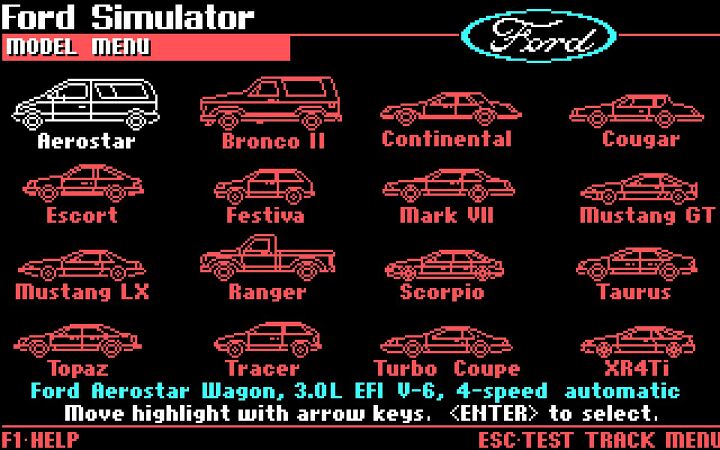























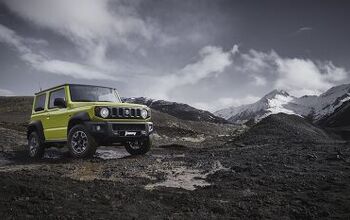
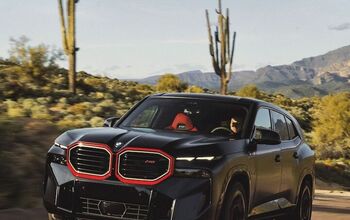
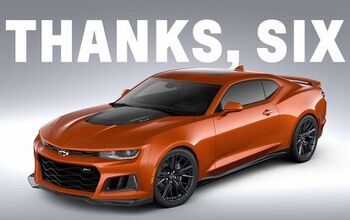


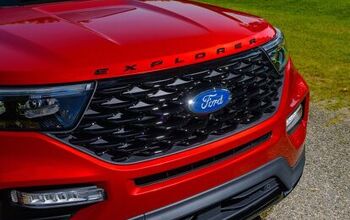




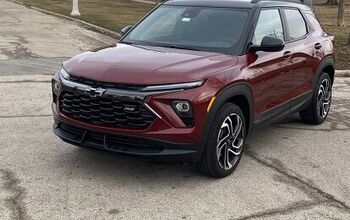
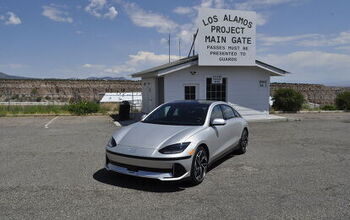
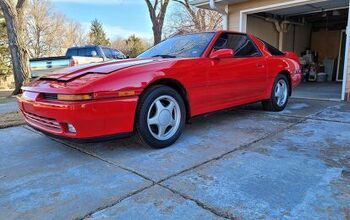
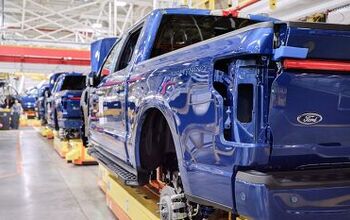
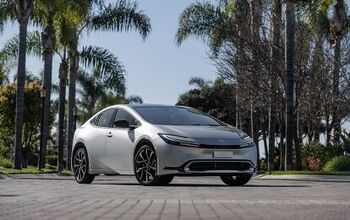
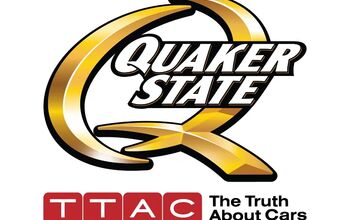
Comments
Join the conversation
Uh..... DOS still resides on every Windows machine ever made.
I had an Amiga back in those days. Real color, sampled stereo sound. Those were the days.